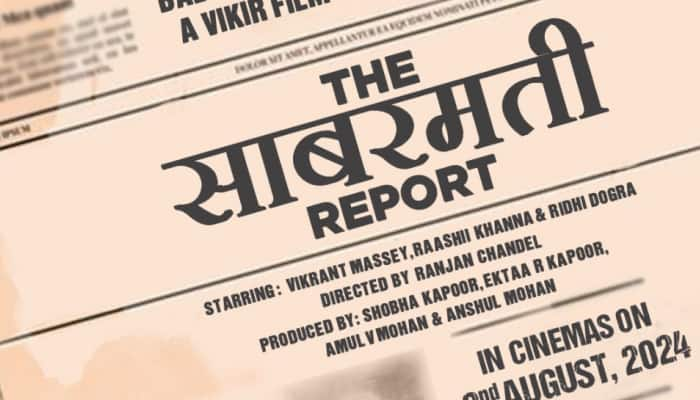Feather plucking sounding death knell for peacocks
Forcible plucking of peacock feathers is leading to large number of deaths of the majestic national bird of India, experts have warned.
Trending Photos
)
Kolkata: Forcible plucking of peacock feathers is leading to large number of deaths of the majestic national bird of India, experts have warned.
Domestic trade in peacock feather is allowed only as long as the feathers are naturally shed by the bird.
"But the shedding cycle comes only once in the monsoon months. Rest of the year the feathers are plucked forcibly which results in fatal injuries to peacocks," Dr Shekhar Kumar Niraj, head of wildlife trade monitoring network TRAFFIC, told PTI.
Plucking of the plumage causes immense pain and bleeding which can even lead to death, he said adding that even if it survives, the peacock might loose its breeding power.
The tail feathers of the male Indian peafowl are in high demand for religious and ornamental use in domestic markets in India and also as a decorative items in international markets.
Officials of the Wildlife Crime Control Bureau (WCCB) in New Delhi admit that it is often difficult to identify whether the feathers are forcibly taken or naturally shed.
"One way to identify is to check the tip of the feather. If it is forcibly taken away then there will be scaling on it," Shyam Bhagat Negi, Additional Director of WCCB, said.
The feathers of the male peacock are longer and the buyers find them more attractive.
Marked with eyespots, the peacock tail known as a 'train' is used to attract peahens for courtship and breeding.
"As the male ones are more vulnerable it causes a gender imbalance in the population which affects reproduction," Niraj who is conducting a study on the issue said.
Feathers are a natural mechanism to cover the body and
protect the bird from predator attacks and also cover itself during cold weather.
The train of the male Indian Peafowl takes four years to develop fully. Recent studies show that the more extravagant a male's train, the better is his mating success.
The Indian peafowl is listed in Schedule I of the Wildlife (Protection) Act, 1972, under which hunting, killing or trading of the species is banned.
However, domestic trade in naturally shed feathers is allowed while its export was banned in 1999.
Experts say forest officials must inspect feathers being taken away by traders to find whether it was naturally shed or not.
Nitin Desai, Central India director for Wildlife Protection Society of India (WPSI), pointed out that states like Gujarat and Rajasthan, which have large population of peacocks even outside forest areas, are big suppliers of feathers.
Most of the trade, however, happens in neighbouring Uttar Pradesh.
Peacocks help in maintaining ecological balance by eating insects, snakes and frogs. Protected by communities in many places, they are found regularly associated with religious deities and royalty.
Found all over the country, peacocks can live in close proximity to human habitations and also in the wild.
Stay informed on all the latest news, real-time breaking news updates, and follow all the important headlines in india news and world News on Zee News.
Live Tv







)
)
)
)
)
)
)
)
)
)
